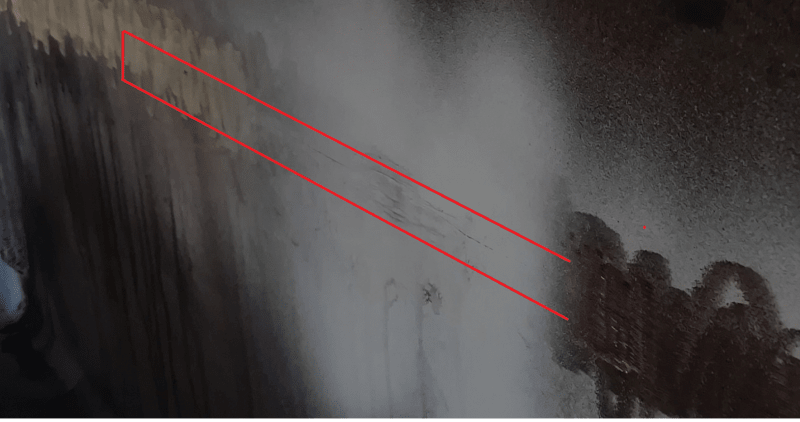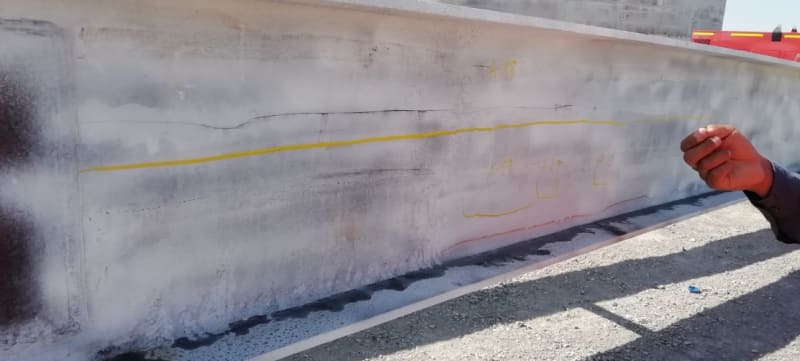Eduardo1982
Mechanical
- Oct 31, 2014
- 65
Daer guys.
I have found in a mil Steel I beam superficial deffects.. It looks like some longitudinal cracks in several points and with long lenghts.
Does anybody had lived something similar? for me it is my first case in many years.
I attach some pics.


I have found in a mil Steel I beam superficial deffects.. It looks like some longitudinal cracks in several points and with long lenghts.
Does anybody had lived something similar? for me it is my first case in many years.
I attach some pics.


